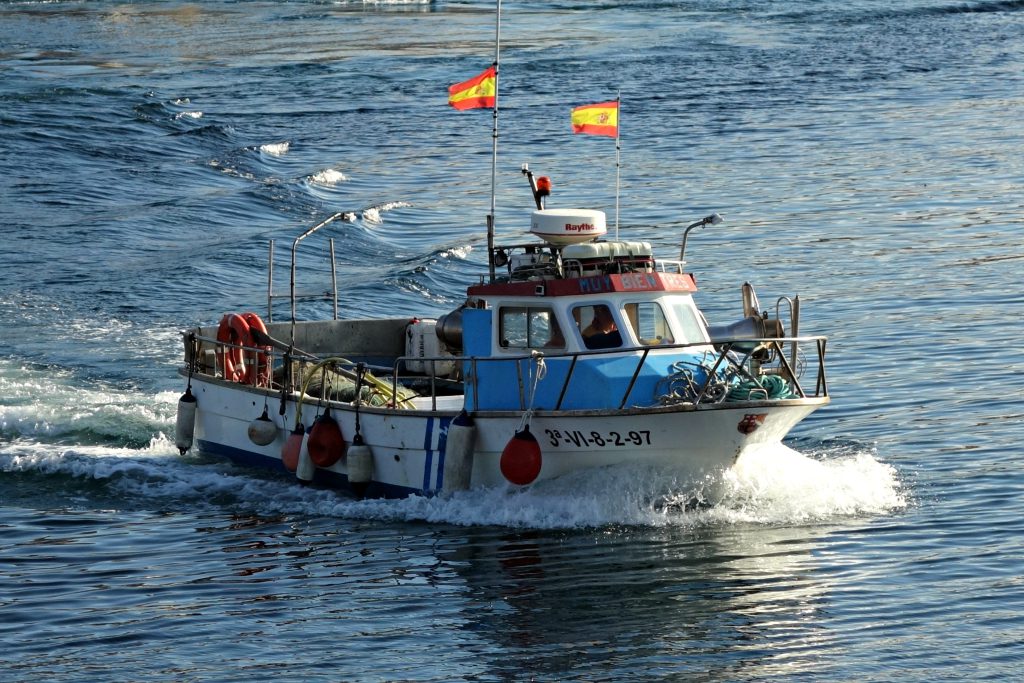The rise in the price of fossil fuels together with the acceleration of climate change is pressing the need to quickly break away from the fossil economy in all sectors of society. Recently, the electrification of fishing has been discussed as one of the ways to break away from the fossil economy in fishing sector. Indeed, low-emission fishing can soon be a significant competitive advantage in the marketing of seafood products.
In Norway and the USA there are already electrically powered fishing vessels under testing in commercial coastal fishing. Electricity brings many advantages. The electric motor does not produce exhaust gases, vibration and noise associated with diesel engines. This increases the comfort of working on board. Furthermore, when all the equipment onboard works with electricity, there is no need for hydraulics. Electrification simplifies and facilitates the operations in many ways. In addition, electric motor needs little maintenance. There is no need to change filters and there are no plugs or thermostats. An electric motor does not have the same wear and tear by age as a combustion engine.
There are still significant challenges. The batteries add considerable extra weight to the vessel, even though electric engine is substantially lighter than diesel engine and there is no need for a fuel tank and fuel. The operating time of an electric vessel is more limited than that of a vessel equipped with a combustion engine. Furthermore, with an electric boat, the speed is usually kept moderate to save the energy stored in the batteries.
Factors such as the size and capacity of the battery, vessel’s weight, hull shape and speed, and wave and wind actions all can affect how far the vessel can go on one charge, but are also important. Lithium-based batteries may be the best choice for fishing use, because the vessels are in constant use and the batteries have to be charged daily. The batteries can be placed in the vessel’s intermediate floor, where they are protected and do not get in the way of work.
A significant limiting factor in the electrification is currently the high price of electric vessels. To have a functional electric vessel, it must be designed and built for electric power. It is not easy to get a decent electric boat from an old vessel equipped with a combustion engine. As the production series of electrically operated vessel grows and battery technology develops, the prices will become more reasonable. At some point, we will be in a situation where an electric boat can be more affordable in terms of total costs than a traditional boat with a combustion engine.
Recently, the price of electricity has risen sharply mainly due to the geopolitical situation. The high price of electricity can hold back the electrification of fishing. On the other hand, if the batteries of an electric fishing vessel can be even partially charged with solar panels and small wind power in the fishing harbor, savings will quickly start to emerge. The most optimal thing would be if renewable electricity could also be used to produce the necessary ice and, in the best case, run the equipment in the harbor and in the fish processing facility.
In the event that the charge level of the batteries falls below a certain value, a vessel can have a small internal combustion engine (generator) just in case to generate power for the system. Vessel’s roof and deck structures may have solar panels which would help keep the batteries charged during the sunny season.
It is a matter of time before a significant proportion of the new fishing vessels on our coastal and inland waters are electric. It is clear that with large fishing vessels and especially with trawlers that day is not yet near. They are likely to have different type of hybrid solutions.
The ongoing green transition increases the demand for electric fishing vessels around the world. This creates significant opportunities for the Finnish boat industry. Finland could be a pioneer and a trendsetter. This requires long-term research and development and extensive cooperation.
If you want to have more information or participate in the innovative development process of the electrification of fishing, please contact us.
Petri Suuronen, ISCG



